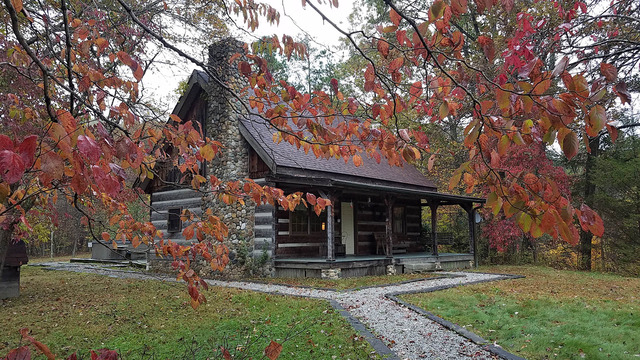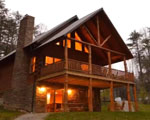MONROE LAKE STATE WILDLIFE AREA
This 1,333-acre wildlife area lies on both sides of State Route 800, five miles north of Woodsfield. The area headquarters and dam are readily accessible from State Route 800. County and township roads provide access to other portions of the area from State Routes 800 and 145.
The rolling to steep topography is typical of this unglaciated region of Ohio. Thirty-six percent of the land is covered by woodland; of this total, 55 percent is sawlog-size stands and 45 percent in pole-size stands. Brushland comprises 35 percent of the area, openland 25 percent. Broad open ridges are under cultivation. Steep wooded slopes descend to the narrow valley floor, on which the 39-acre Monroe Lake is impounded.
Purchasing of land for a public hunting and fishing area began in 1955. Monroe Lake was completed in 1957.
Management work has included improvement of existing woodlands, selective release cutting of brushlands, planting of conifers, addition of squirrel and wood duck nest boxes, and maintenance of existing open fields based on land capacity. Crop rotations and contour strip cropping patterns have been developed to improve food and cover conditions for wildlife.
Monroe Lake has been stocked with largemouth bass, channel and brown bullhead catfish, and bluegills. Fox and gray squirrels, cottontail rabbit, and raccoon are the principal upland game and furbearing species, with lesser numbers of ruffed grouse, woodcock, deer, skunk, opossum, and muskrat. All furbearers common to the region occur on the area. Various species of waterfowl and shorebirds use the water and adjacent habitat as resting areas during migration. Wood ducks are year-round residents. A variety of songbirds, small mammals, reptiles, amphibians, and insects also occur on the area in association with the mixture of diverse habitat types.



